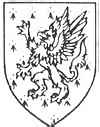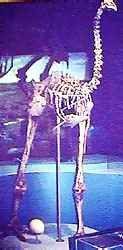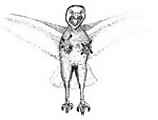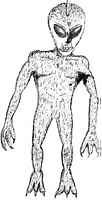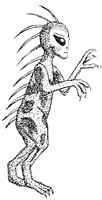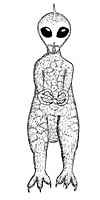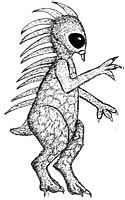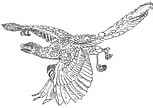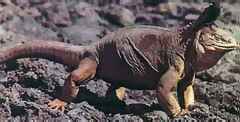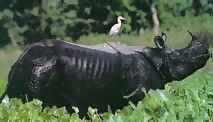

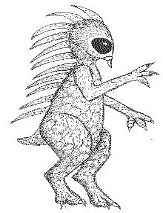 |
Dr. John Mantle Green is a Biologist-plant scientist (Ph.D. -
plant science, M.S. - botany, B.S. - biological sciences). Both his
Ph.D. dissertation and M.S. thesis research projects concerned
experimentation with plant genetics. Drawing on his background in
life science especially botany, Dr. Green has theorized methods for
terraforming the planets and moons of our solar system. He
extensively studied volcanology and other earth related sciences to
provide himself additional insight into terraforming. As such he is
well qualified to extrapolate on the nature of cryptospecies.
DMJ is a scientific generalist, theoretician, inventor, and
author. They have collaborated in an attempt to shed light on what
at first seems a rather murky subject.
A new phenomena is in the news, the Chupacabra or "goat-
sucker". Witnesses report being attacked and terrorized by a
creature which seems to defy current Zoological classification. The
sightings first began in Puerto Rico, then migrated to Latin
America, and recently Chupacabra have been reported in the southern
United States.
There is disagreement as to exactly what the creatures look
like. The radio personality, Art Bell, called it a griffin like
animal. Other people have mentioned a beak and/or wings which would
suggest that it might be some sort of an ornithoid (bird), or
evolved from the bird class.
The Griffin is a mythical animal with a beak, neck, wings, and
forelegs of an eagle. The body, the hind legs, and tail are those
of a lion. The Griffin, and Gyphon are smaller variants. They often
lack the lion like tail, but the description is generally similar
to the Griffin. Dr. Green speculates that it would be possible for
a Griffin like creature to evolve.
